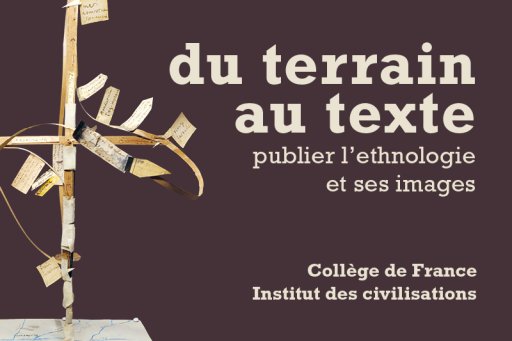" Biology on which equations can be laid down is physics "
In 2021, the Paoletti Prize, awarded to talented young researchers in the life sciences, went to Hervé Turlier. Interview with this CNRS and Collège de France research fellow, who has distinguished himself through interdisciplinary, but above all fundamental, research at the interface between the physics and biology of embryonic development.


![[alt_8cc24321-ea87-40d0-a2ef-989eb519647a]](/sites/default/files/inline-images/Simulation%20tridimensionnelle%20du%20processus%20de%20division%20cellulaire.jpeg)
![[alt_6e0c7d9e-6cf0-42a8-98a6-352dce67e83d]](/media/cirb/UPL2808676407357483122_photo_turlier_2.jpg)
![[alt_be143687-2536-4726-9ac7-d9d2725082e3]](/sites/default/files/inline-images/Image%20tridimensionelle%20de%20microscopie%20d%E2%80%99un%20embryon%20et%20forme%20digitalis%C3%A9e%20correspondante.jpg)
![[alt_1fa3798e-2ad4-4dc9-9b4d-e7fb02f35d47]](/media/cirb/UPL640996899654254023_photo_turlier_3.jpg)





